The external wall insulation mortar adhesive is a kind of gray powder material, and the imported polymer can be used as a base material for disperse latex as well as a powdered product composed of high-quality orthopedic orthopedics, and can be used by adding water in a certain proportion. With the advantages of high bonding strength, easy to use and so on, it is a green product. Here we will introduce the external wall insulation mortar powder construction process and what is the insulation mortar.
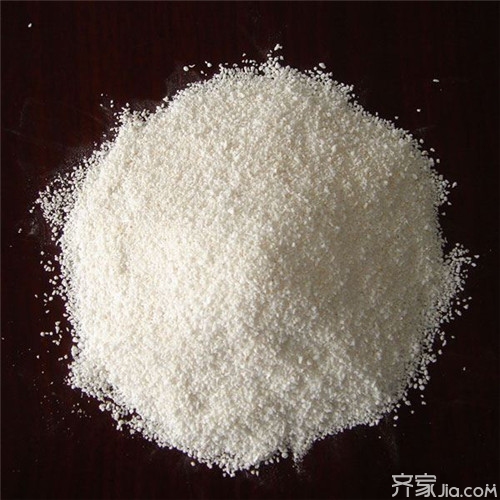
First, the external wall insulation mortar adhesive product features:
1. The external wall insulation mortar adhesive can be composed of high-quality imported powders, inorganic binders, fillers and additives.
2, the external wall insulation mortar adhesive with the wall and polystyrene board between the strong adhesion, effectively prevent hollowing, cracking.
3, the external wall insulation mortar adhesive has a superior construction.
Second, the external wall insulation mortar adhesive application
Concrete and masonry wall surface, cement mortar wall surface, aerated concrete block wall surface, cement pressure plate, etc.
Third, the external wall insulation mortar powder construction process
Construction method:
1, remove the wall of dust, oil, debris, so that the surface clean and clean.
2, preparation: mortar powder: water = 1:0.3, with a mortar or hand mixer stir.
3, the application rate: 3-5kg/m2.
Construction process:
<1> Primary treatment: The surface of the heat-insulated board should be as smooth as possible, clean and firm, and can be ground with coarse sandpaper if necessary. The insulation boards should be compacted, and the possible seams of the board must be insulated with a heat-absorbing surface.
<2> Preparation of materials: Add water, stir for 5 minutes, and stir until uniform.
<3> Material construction: Using a stainless steel plastering knife to wipe the anti-cracking mortar on the insulation board, the glass fiber hk is just okay to report and chemical stocks for you then so awkward,
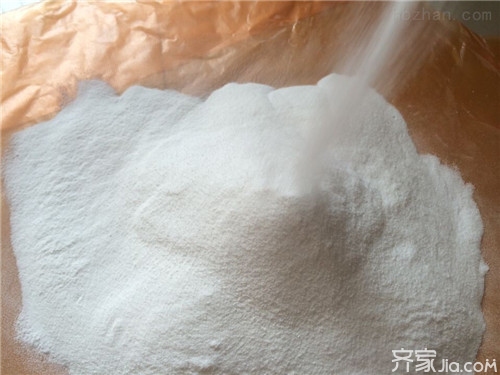
Precautions:
1. Anti-crack mortar on-site construction does not need to add any admixture, and strictly controls the water-solid ratio and plastering time.
2, grass-roots or strong water-absorbing surface of the grass-roots dry, should be painted with a primer or a small amount of water spray before wetting construction again, hold back the chemical style shares.
3, during transport should pay attention to moisture, rain, anti-exposure.
4. In the process of storage, anti-crack mortar should be stored in a dry and ventilated place to avoid moisture.
5, cracking mortar in use, one can not be modulated too much, depending on the amount of construction, if there is no use of the end of the caking, can not continue to use.
6, construction and storage temperature requirements above 5 °C.
7. After each construction is completed, clean the construction tools and mixing equipment in time to avoid affecting the next use.
What is thermal insulation mortar
Thermal insulation mortar is a kind of premixed dry mortar made of various lightweight materials as aggregate, cement as cement material, blended with some modified additives, and mixed by the production enterprises. A building material used to build a thermal insulation layer on a building.
Thermal insulation mortar is a kind of premixed dry mortar made of various lightweight materials as aggregate, cement as cement material, blended with some modified additives, and mixed by the production enterprises. Mainly used for building external wall insulation, has the advantages of convenient construction and good durability.
There are two main types of thermal insulation mortar on the market: 1. Insulation mortar for inorganic insulation (fireproof and heat-insulating mortar for vitrified beads, thermal insulation mortar for composite aluminum silicate, and insulation mortar for perlite), 2. Organic thermal insulation mortar (rubber powder polyphenyl granule thermal insulation mortar ).
Thermal mortar performance characteristics
1, inorganic insulation mortar has excellent temperature stability and chemical stability:
The inorganic insulation mortar material insulation system is made of pure inorganic materials. Acid and alkali resistance, corrosion resistance, no cracking, no fall off, high stability, no aging problems, and the same with the building wall life.
2, simple construction, low overall cost:
The thermal insulation system of inorganic thermal insulation mortar material can be directly applied to the rough wall. The construction method is the same as that of the cement mortar leveling layer. The product uses machinery and tools are simple. The construction is convenient. Compared with other insulation systems, there are obvious advantages of short construction period and easy quality control.
3, a wide range of applications to prevent cold and hot bridges:
The inorganic insulation mortar material insulation system is suitable for a variety of wall base materials, insulation of various shapes of complex walls. Fully enclosed, seamless, no cavity, no cold and hot bridges. And not only do external wall insulation can also be done inside the external wall insulation, or inside and outside the wall at the same time insulation, and roof insulation and geothermal thermal insulation layer, to provide a certain degree of flexibility for the design of energy-saving systems.
4, green pollution-free:
The inorganic insulation mortar material insulation system is non-toxic, odorless, non-radioactive, and harmless to the environment and human body. At the same time, it can be used in large quantities to use some industrial waste residue and low-grade building materials, and has a good comprehensive utilization of environmental protection benefits.
5, high strength:
The inorganic insulation mortar material insulation system has high bond strength with the base layer and is not prone to cracks and hollowing. This point has certain technical advantages compared to all domestic insulation materials.
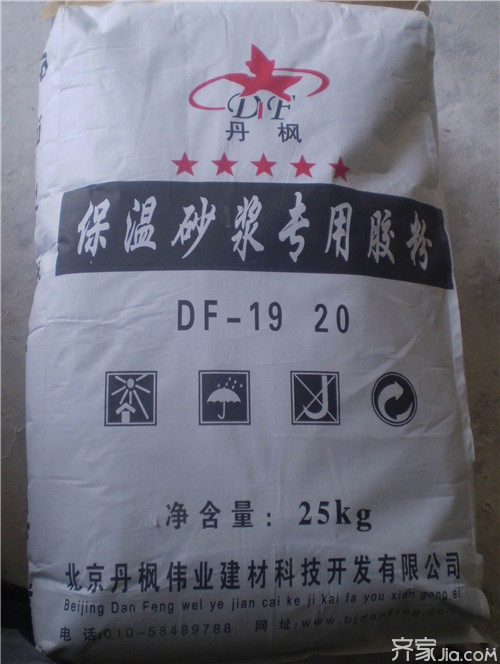
Insulation mortar application scope
1. Insulating mortar and its corresponding system of anti-crack mortar, suitable for multi-layer and high-rise buildings such as reinforced concrete, aerated concrete, masonry bricks, sintered bricks, non-fired bricks, etc. The ash project is also suitable for the thermal insulation renovation project of all kinds of old buildings.
2. The exterior insulation layer of the finish is a paint or a tile; The exterior mold ash of the Schramer plate system is built in the large mold.
3. Insulation in stairwells, partition walls, kitchens and toilets; Inner insulation layers such as closed balconies, ceilings and other enclosures. The thermal insulation layer of the roof of the underground garage; the insulation layer of the steel structure.
4. Insulating layer of architectural special structure; Insulation filling of inner layer of dry hanging stone.
5, floor insulation, floor heating insulation; Shepherd roof, planting roof, wooden structure roof insulation.
Editor's summary: Information on the construction process of the external insulation mortar powder and what is the insulation mortar was introduced here for everyone. I hope this article will be helpful to everyone. If you still have something you don't understand, you can leave a message to Xiaobian at the bottom. We will answer your questions as soon as possible.
What color of the bedroom wall good partition wall What material Living room glass partition wall Balcony wall decoration Attic bedroom partition wall modeling
The liquid level transmitter can convert the changes of various level parameters into analog signals, and transmit them to the control room remotely for centralized display, alarm or automatic control of secondary instruments or computers. Its good structure and installation method can be applied to the continuous detection of liquid level, material level or material level under special conditions such as high temperature, high pressure, strong corrosion, easy crystallization, anti-clogging, anti-cold junction, and solid powdery and granular materials. , can be widely used in detection and control in various industrial processes.
Liquid level transmitters can be applied to liquid Level Measurement and control in industrial sites, rural water supply and sewage treatment, petroleum, chemical industry, power plants, hydrological monitoring, reservoirs, dams, hydropower construction and other fields of liquid level measurement and control. Liquid level transmitters have input type, straight rod type, flange type, threaded type, inductive type, screw-in type, floating ball structure design, with anti-blocking type design, simple device, convenient use and strong interchangeability , The high-quality sensor has high sensitivity and fast response speed, accurately reflects the slight changes in the flow or static liquid level, and has high measurement accuracy.
Advantages of Level Transmitters
1. The device is simple, easy to use, and has strong interchangeability.
2. It is suitable for measuring the liquid level and interface of the liquid medium in the container. In addition to on-site instructions, it can also be equipped with remote transmitters, alarm switches, and complete detection functions.
3. The reading is intuitive and eye-catching, and the direction of the observation indicator can be changed according to the user's needs.
4. The measurement range is large, not limited by the height of the storage tank.
5. The indicating mechanism is completely isolated from the measured medium, with good sealing performance, high reliability and safe use.
6. Simple structure, convenient installation, convenient maintenance, corrosion resistance, no power supply, explosion-proof.
7. The high-quality sensor has high sensitivity and fast response speed, accurately reflects the slight changes of flowing or static liquid level, and has high measurement accuracy.
8. With intrinsically safe explosion-proof and isolated explosion-proof capabilities, it can be used in various dangerous places.
9. With anti-blocking design, it can realize the measurement of the liquid level of paste medium.
10.100% equal division scale, LED/LCD indicator head, very convenient to read on site.
11.4~20mA two-wire signal transmission, strong anti-interference ability and long transmission distance.
12. Exquisite and unique zero point, full scale, and nonlinear compensation ensure the accuracy and stability of the instrument within the range of operating conditions.
13. The Pressure Sensor directly senses the liquid level pressure and is not affected by the foaming and accumulation of the medium.
14. Wide range of tested media can be used, such as oil, water and paste, with certain anti-corrosion ability.
Classification of liquid level transmitters
1. Single flange liquid level transmitter
Single-flange liquid level transmitters have flat flanges and flange liquid level transmitters with insert barrels, both of which are suitable for single-flange liquid level transmitters that use the gravity of the medium to be measured to measure the height of the liquid level. For medium with high viscosity and easy crystallization, it is generally used in open containers or equipment installations.
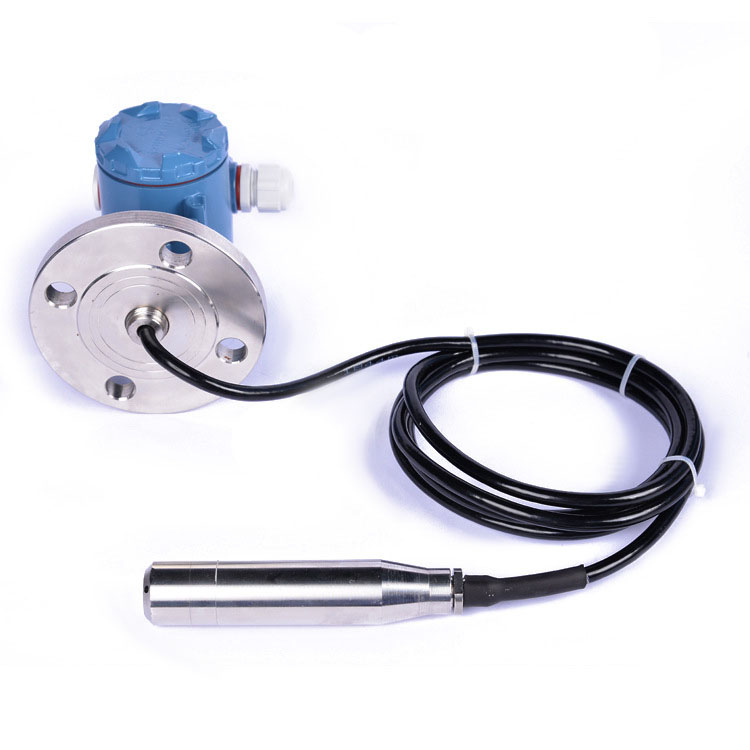
2. Double flange liquid level transmitter
The double-flange liquid level transmitter is a Differential Pressure Transmitter, which provides a reliable measurement method to prevent the measured medium from directly contacting the isolation diaphragm of the transmitter. The main features are the need to isolate the high-temperature medium from the transmitter, the measurement medium has a corrosive effect on the sensitive components of the transmitter, the suspension liquid or high-viscosity medium, the measured medium solidifies or crystallizes due to changes in the environment or process temperature, and the measured medium is replaced It needs to be strictly purified to measure the first class. Double flange liquid level transmitter is mainly used in the measurement of liquid level in sealed pressure vessels.
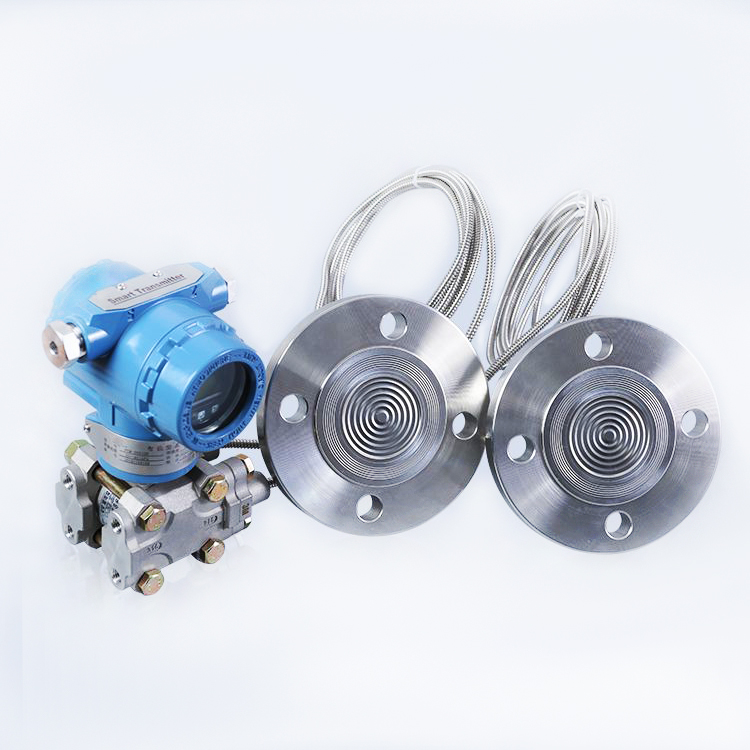
3. Submersible liquid level transmitter
The submersible liquid level transmitter has rod type and arm type. Its principle is based on the principle that the measured liquid static pressure is proportional to the height of the liquid. It uses the piezoresistive effect of diffused silicon or ceramic sensitive elements to convert the static pressure into electricity. Signal. After temperature compensation and linear correction, it is converted into 4~20mA current signal output. Due to the characteristics of this transmitter, such as convenient installation, strong adaptability, etc., it can perform high-precision measurement from water, oil to paste with high viscosity, and is not affected by the foaming and accumulation of the measured medium. It is generally used in open Devices for mouthpieces or equipment.
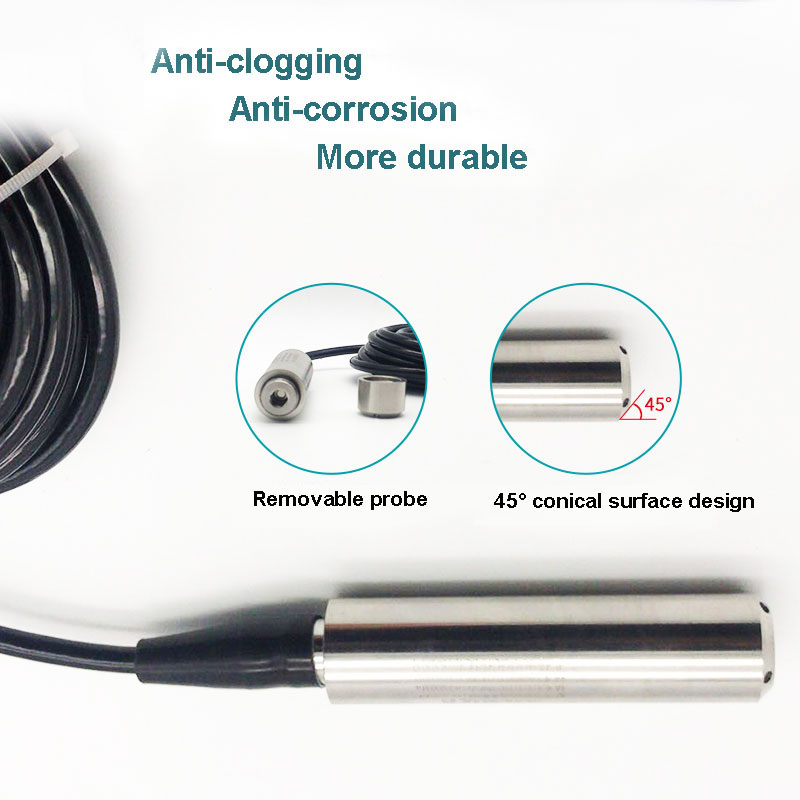
Level Transmitter,Differential Pressure Level Transmitter,Submersible Level Transmitter,Level Gauge
Wuxi Winsun Automation Instrument Co., Ltd , https://www.jswxwinsun.com